Blended Learning
Guidance on Blended Learning
There are many terms that describe the range of online learning formats. They include ‘remote learning’; ‘distance learning’; ‘online learning’; ‘e-learning’; ‘web-based learning’ and ‘hybrid learning’. The Digital Schools Awards recognises that some of these are established terms and widely used in certain contexts. Our preferred term, Blended Learning seeks to augment the social interaction of teachers and peers in the classroom with the use of digital technologies outside the classroom. Blended Learning suggests that classroom learning and online should form one continuous and integrated set of learning activities where each contributes to and develops from the other. The Digital Schools Awards programme therefore provides an excellent opportunity to help teachers understand this interaction and plan effective integrated learning activities. We offer the continuum below as a set of summary descriptions for blended learning, each of increasing depth and breadth.
The continuum recognises that for some teachers, online learning may mean simply posting work online (for learners to use off-line), or using a platform for administration of, for example work submission or dissemination of information (feint boxes). Digital Schools Awards will seek to guide teachers towards activities that use an online platform to engage in the process of learning. Therefore, Digital Schools Awards offers four blended learning progressive levels of increasing depth and complexity as a potential road map for development.

Learning is classroom-based with some online collaboration and flipped class activity
At this level, teachers augment their classroom practice with activities that learners engage with online such as synchronous or asynchronous discussions, paired or group work, research activities and other knowledge creating tasks.There is an expectation that learners can work independently and bring the outcomes of their work to the class online or to the next classroom.The teacher uses these contributions to support what he/she does in the classroom.
Learning is classroom based with regular online collaboration, research, knowledge building, Problem solving and independent learning
Some lessons, from start to finish are online. Pupils work independently with teacher remote support through a range of tools and platforms
Frequently, teaching and learning activities are fully online. Classroom interaction supports the online activities
At this level, classroom interaction for some tasks is limited or non-existent. Learners work online to plan, develop and conclude the task and they present online using a range of tools.In some cases, peer assessment is used.Learners develop e-portfolios to store, develop, share and collaborate on their work.Face-to-face interaction is used to support the online learning tasks.
Digital Schools Awards recognise that these descriptions are a guide and schools may use a combination of these blended learning formats or, indeed, other formats not included above.The information above should be used to inform discussions and to support teachers in aspiring to increase the depth of their blended learning provision.



